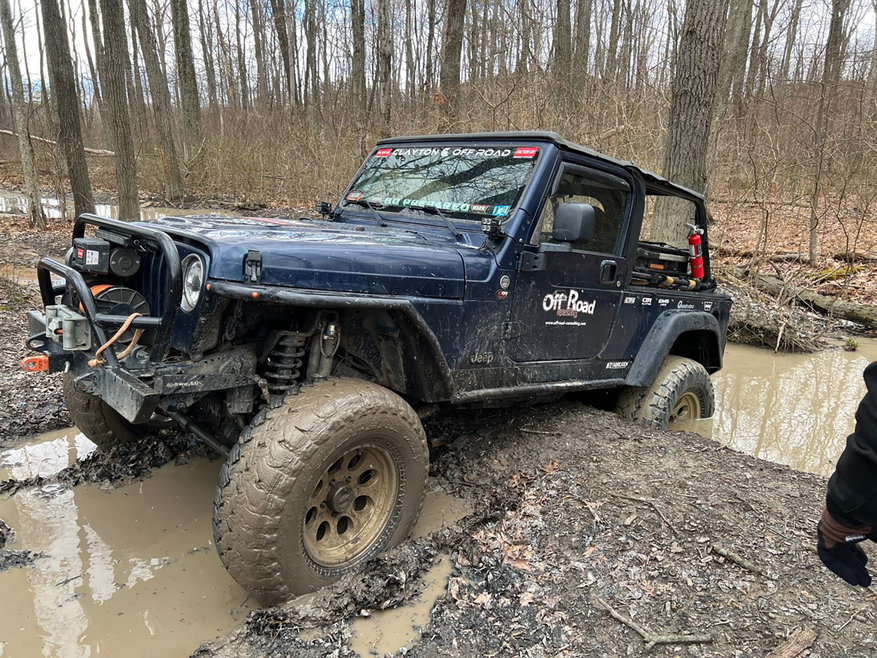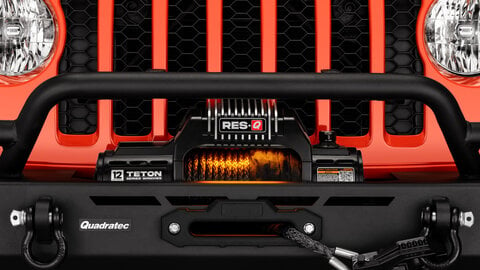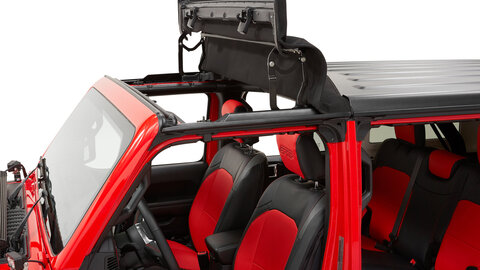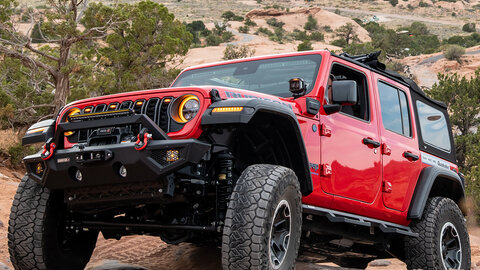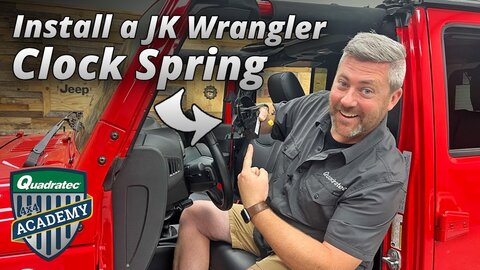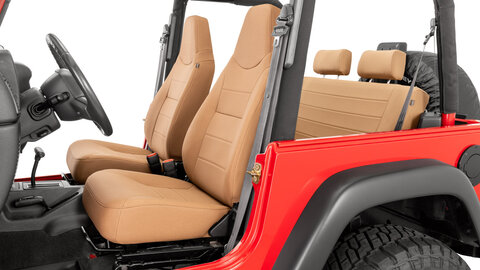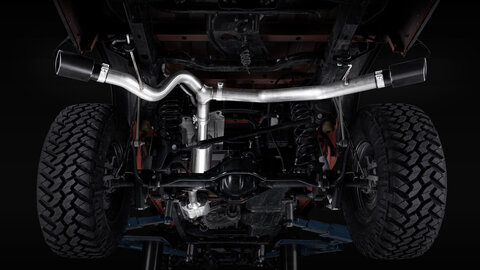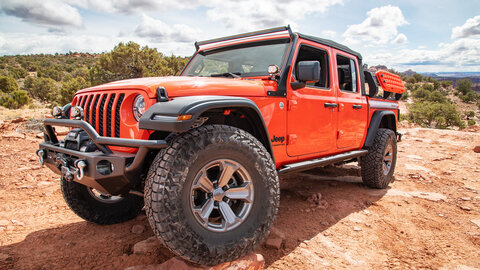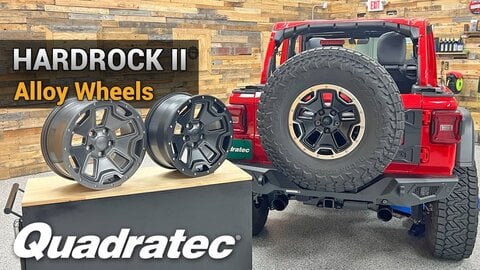by Kyle Buchter
Quadratec Trail Boss
What is in an angle?
No, we’re not talking trigonometry or advanced math. We’re talking off-road techniques to beat that trail obstacle standing in the way of a fun afternoon. We’re talking about understanding approach, breakover and departure angles.
This is common terminology to understand when off-roading. And it may be a little confusing for someone who is new to the hobby. Or even those who never really gave it much thought before.
However, these angles are part of understanding and being comfortable with your vehicle when traversing obstacles. If a driver has this understanding from the driver's seat, then it will help preserve the vehicle and prevent being stuck as these angles are relative to the flow of the terrain.
Here we will break down what each means:
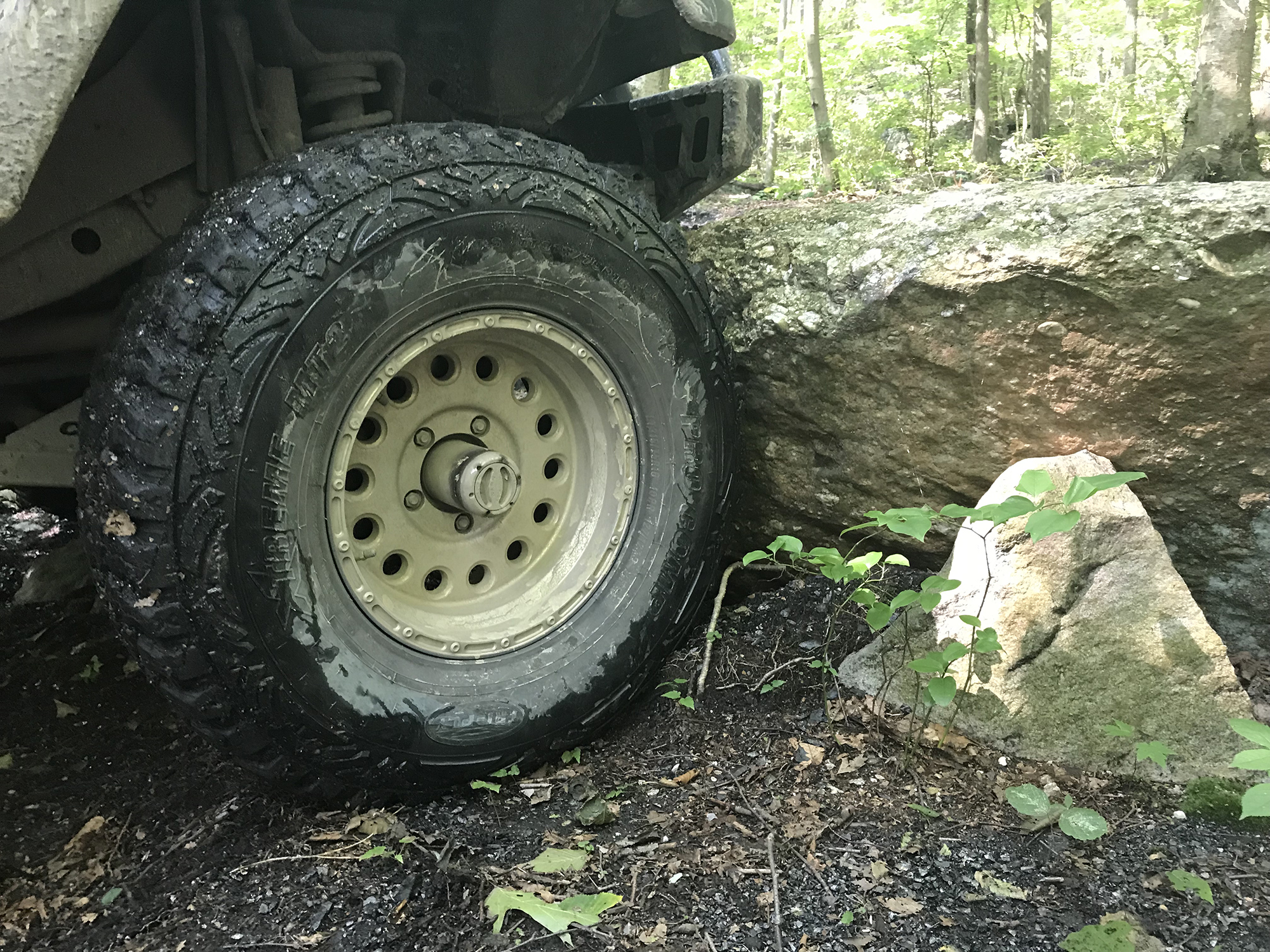
Approach Angle
This is the area in front of the vehicle that may make contact with the terrain or obstacle. So the best way to visualize this would be to take a sheet of plywood and slide it against the vehicle's front tires. Then lift the plywood and swing it up until it touches something. This could be the bumper, fog lights, license plate, or anything else.
That angle from the bottom front of the tire to that lower hanging part is the approach angle.
The importance of understanding this angle comes when a driver nears an obstacle and needs to judge if the tire will hit first or the body, steering, lights, or anything else. Additionally, vehicles with air dams or plastic bumpers really must focus on approach angles in order to prevent vehicle damage.
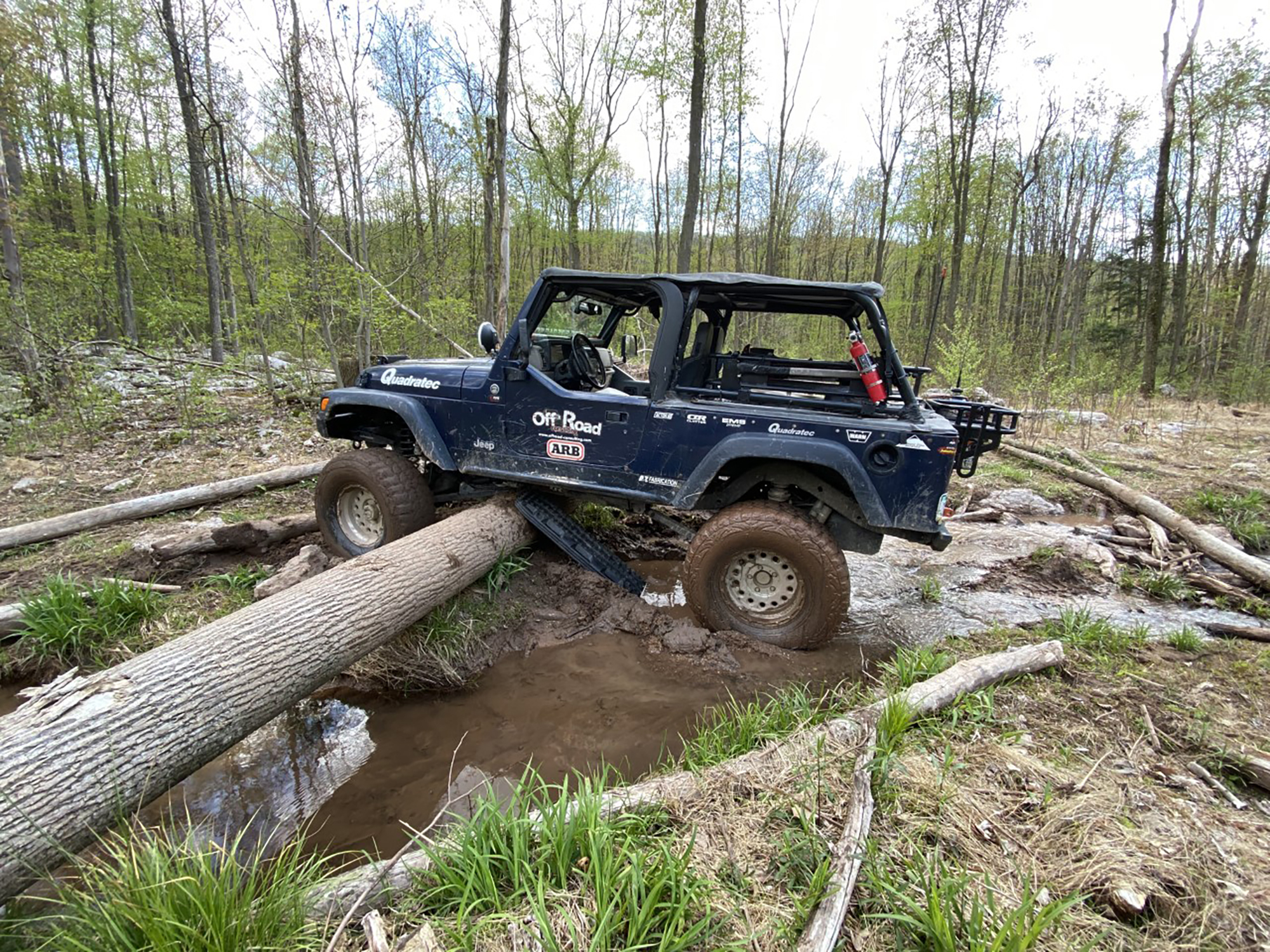
Breakover Angle
The space between the front and rear tires, and angles from the bottom of the tires up to the frame, is considered the breakover angle.
So, on the backside of a front tire, draw a line (plywood thought process) from the bottom of the tire up to the frame, suspension, skid plate, or any other low-hanging objects. Then do the same with the front of the rear tires to the same lowest hanging object.
The reason this angle is important is when a driver tries to cross over an object like a sand mound, the front tires go over the mound and touch on one side, while the rear tires touch on the other. The mound will then be directly under the vehicle between the front and rear tires.
If the mound is taller than the distance between the frame and ground, the vehicle will quickly become high-centered. It doesn’t take much, either, and a vehicle could be stuck sitting on the frame with the tires barely, if at all, touching the ground.
This takes traction away and could leave the vehicle stuck.
Crossing the mound at an angle can help correct this because opposite corner tires are closer to being on the mound at the same time which raises the center of the vehicle.
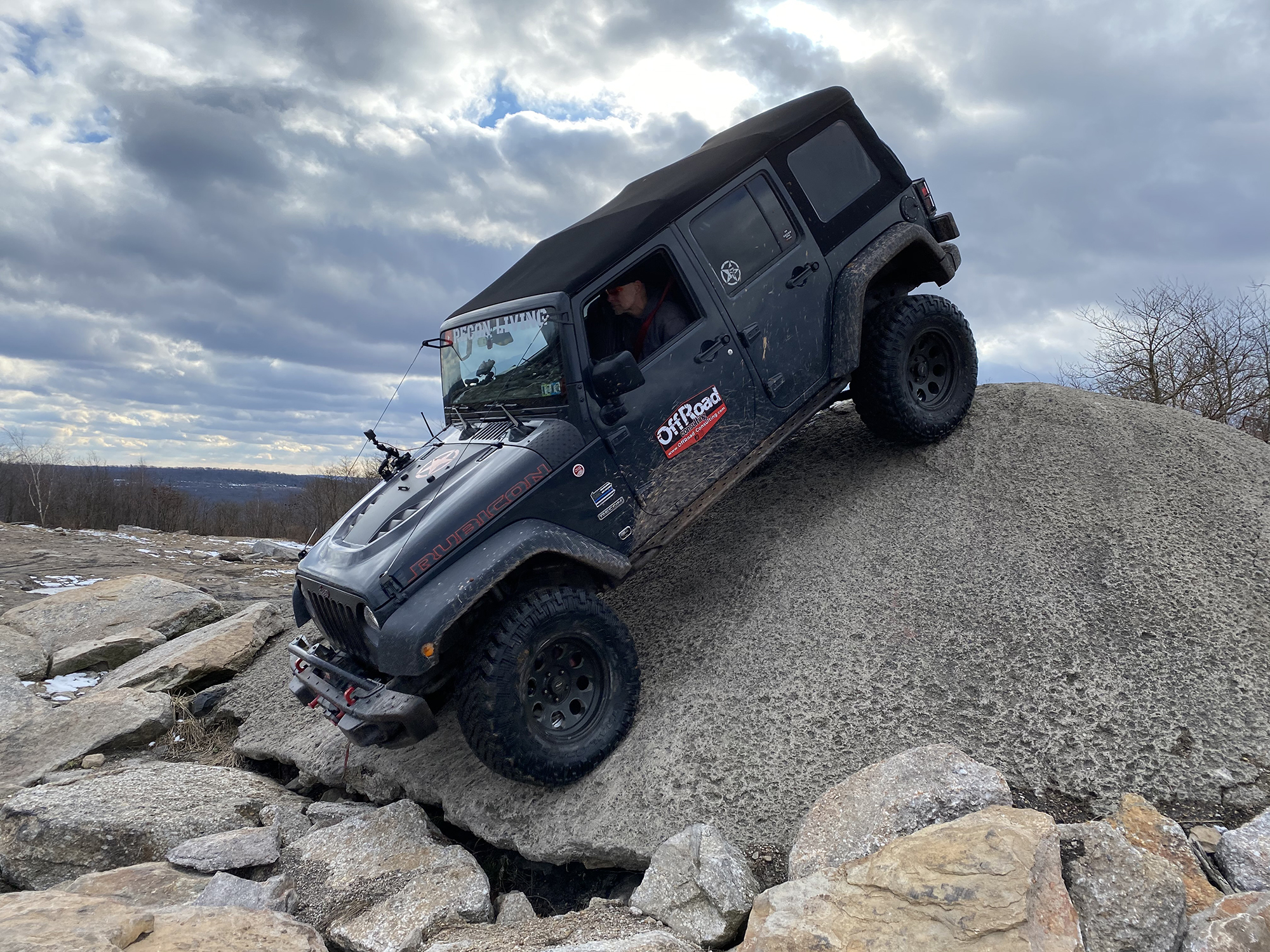
Departure Angle:
This is considered the rear angle from the bottom of the tires to the lowest object in the back. It could be the trailer hitch, the rear bumper, exhaust tips and even the trailer wiring harness.
Imagine dropping off of a wall. When the rear tires drop, what hits the wall? That angle is important — especially with a Gladiator or any vehicle with a rear overhang.
Getting comfortable with the parameters of your Jeep is extremely important to keep it free from damage while also not getting stuck.
Positioning the vehicle at an offset angle when approaching an obstacle definitely makes things easier and lessens the chance of significant damage. Some obstacles may take extreme preparation to navigate, while others may be just 'approach with extra caution'.
Regardless, a driver needs to understand how his or her vehicle reacts to certain terrains and think ahead for positioning. Taking an off-road driving class will definitely help first-time off-roading drivers learn and understand this concept in a controlled setting.













